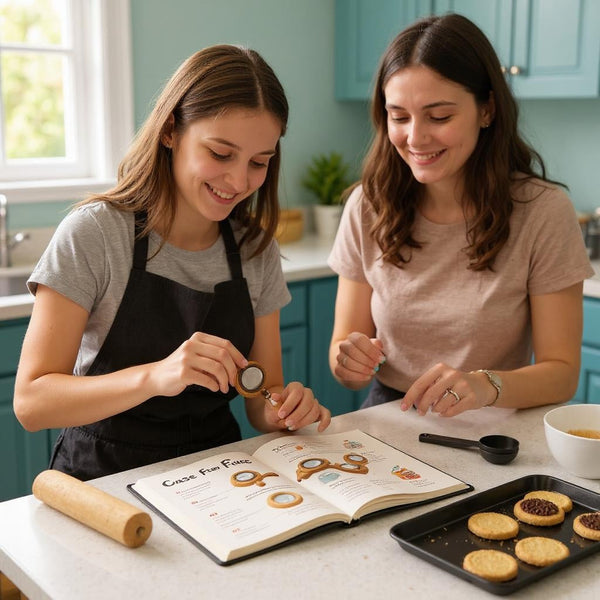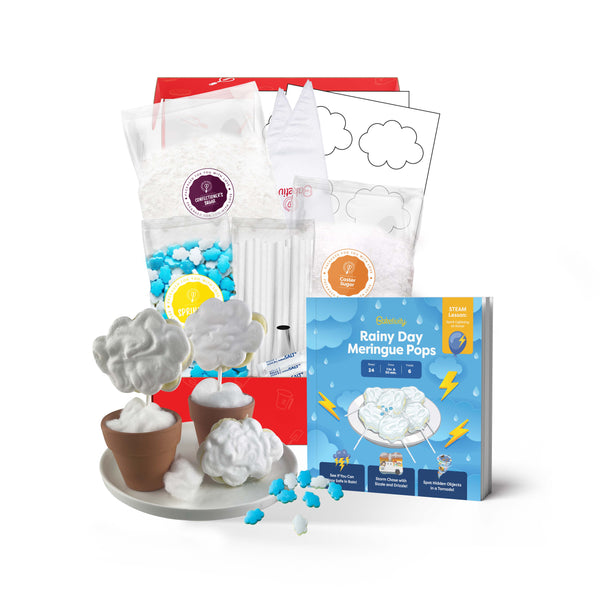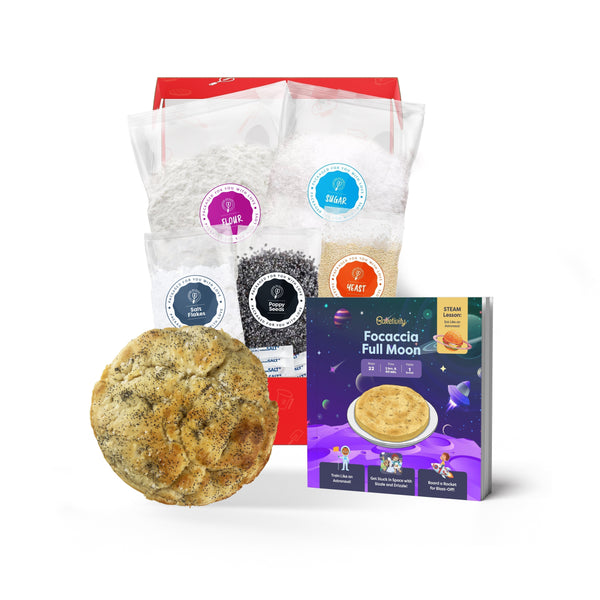We've all been there - staring at the fridge, feeling guilty about that slice of cake we just ate. But what if we told you there's a better way to approach food? Building a positive relationship with what we eat isn't just about diets or restrictions. It's about embracing a mindset that nourishes both body and soul.
Remember when your grandma used to say, "Everything in moderation"? Well, she was onto something! We'll explore how to ditch the food guilt and embrace a healthier, happier approach to eating. Are you ready to transform your relationship with food? Let's dive in and discover how we can make peace with our plates, one bite at a time.Key Takeaways
- Identify negative eating patterns and emotional triggers to understand your current food relationship
- Practice mindful eating by being present during meals and listening to your body's hunger cues
- Cultivate gratitude for food by appreciating its source and celebrating cultural food traditions
- Embrace variety in your diet by exploring new flavors and finding joy in nutritious choices
- Overcome food guilt by letting go of "good" and "bad" food labels and developing self-compassion
Understanding Your Current Relationship with Food
Our journey to a positive relationship with food starts with self-reflection. Let's explore our eating habits and emotional connections to food.Identifying Negative Eating Patterns
We often fall into eating habits without realizing it. Maybe we're skipping breakfast, snacking late at night, or eating too fast. These patterns can impact our health and well-being. To spot these habits, we can:- Keep a food diary for a week
- Note when, where, and why we eat
- Look for trends in our eating behavior
Recognizing Emotional Eating Triggers
Food's not just fuel; it's tied to our emotions. We might reach for ice cream when we're sad or pizza when we're stressed. Identifying these triggers helps us make better choices. Here's how:- Pay attention to what we eat when feeling strong emotions
- Ask ourselves, "Am I hungry, or am I eating for another reason?"
- Notice if certain situations always lead to specific food choices
The Importance of Mindful Eating
Mindful eating transforms our relationship with food, promoting a more conscious and enjoyable dining experience. By focusing on the present moment during meals, we can better understand our body's needs and develop healthier eating habits.Practicing Presence During Meals
Eating mindfully starts with being fully present at mealtime. Turn off the TV, put away your phone, and take a deep breath before digging in. Notice the colors, textures, and aromas of your food. Chew slowly, savoring each bite. This practice helps us appreciate our meals more and prevents overeating. Ever caught yourself wolfing down a sandwich while rushing between meetings? We've all been there! But imagine treating each meal like a mini-vacation for your taste buds. It's amazing how much more satisfying food becomes when we give it our full attention.Listening to Your Body's Hunger and Fullness Cues
Our bodies are like finely tuned instruments, sending us signals about hunger and fullness. Learning to interpret these cues is crucial for mindful eating. Before eating, ask yourself: "Am I truly hungry, or am I eating for other reasons?" During meals, pause occasionally to check in with your body. Are you comfortably satisfied, or still hungry? Think of your stomach as a fuel tank. Would you keep pumping gas after the tank is full? Of course not! The same principle applies to eating. By tuning into our body's signals, we can avoid overindulging and feel more comfortable after meals. What's your favorite way to practice mindful eating? Have you noticed any changes in your eating habits since becoming more aware during meals? Share your experiences in the comments below!Cultivating Gratitude for Food
 Gratitude transforms our relationship with food, fostering a deeper appreciation for what nourishes us. It's about recognizing the value of every meal and the journey it takes to reach our plates.
Gratitude transforms our relationship with food, fostering a deeper appreciation for what nourishes us. It's about recognizing the value of every meal and the journey it takes to reach our plates.
Appreciating the Source of Your Meals
When we pause to consider where our food comes from, we develop a newfound respect for our meals. Think about the farmers who tended the crops, the truck drivers who transported the produce, and the grocery store workers who stocked the shelves. Each bite connects us to a vast network of people and processes. To cultivate this appreciation:- Research the origins of your favorite foods
- Visit local farmers' markets to meet producers
- Grow herbs or vegetables at home, even in small spaces
- Read food labels to understand ingredients and sourcing
- Watch documentaries about food production and agriculture
Celebrating Cultural Food Traditions
Food isn't just fuel; it's a delicious window into diverse cultures and histories. By embracing various culinary traditions, we enrich our palates and broaden our understanding of the world. To celebrate food traditions:- Try cooking dishes from different cultures
- Attend food festivals showcasing international cuisines
- Share family recipes with friends and neighbors
- Learn about the stories behind traditional dishes
- Host potlucks where everyone brings a culturally significant dish
Embracing Variety and Balance in Your Diet
A diverse and balanced diet is key to building a positive relationship with food. We'll explore how to expand your culinary horizons and find joy in nutritious choices.Exploring New Flavors and Cuisines
Trying new foods is like going on a taste adventure! We can broaden our palates by:- Cooking a dish from a different culture each week
- Visiting ethnic restaurants in our area
- Experimenting with unfamiliar spices and herbs
- Swapping recipes with friends from diverse backgrounds
Finding Joy in Nutritious Choices
Healthy eating doesn't have to be boring. We can make nutritious foods exciting by:- Creating colorful salads with a variety of fruits and vegetables
- Trying new preparation methods for familiar ingredients
- Mixing textures for a more satisfying meal experience
- Involving friends and family in healthy cooking challenges
Overcoming Food Guilt and Shame
Food guilt and shame can hinder our journey towards a positive relationship with food. Let's explore how to break free from these negative emotions and cultivate a healthier mindset.Letting Go of "Good" and "Bad" Food Labels
We've all heard it before: "This food is bad," or "That's a good choice." These labels create unnecessary stress and guilt around eating. Instead, let's focus on nourishment and enjoyment. Remember the last time you savored a delicious piece of cake? It wasn't "bad" - it was a moment of pleasure! Here's how we can ditch these labels:- Recognize all foods have a place in a balanced diet
- Focus on how foods make us feel, not their moral value
- Practice moderation instead of restriction
- Celebrate the cultural significance of different foods
Developing Self-Compassion Around Eating
Beating ourselves up over food choices doesn't serve us. Let's treat ourselves with the same kindness we'd offer a friend. How would you respond if a loved one felt guilty about eating an extra slice of pizza? You'd probably reassure them, right? Try these strategies to boost self-compassion:- Challenge negative self-talk with positive affirmations
- Acknowledge that perfection in eating doesn't exist
- Practice mindfulness to tune into hunger and fullness cues
- Celebrate small victories in your food journey
Creating Positive Food Rituals and Experiences
Positive food rituals and experiences elevate our relationship with food beyond mere sustenance. By incorporating these practices into our daily lives, we transform eating into a joyful, meaningful activity that nourishes both body and soul.Cooking as a Form of Self-Care
Cooking isn't just about preparing meals; it's a powerful act of self-love. When we chop vegetables, stir sauces, and season dishes, we're engaging in a mindful practice that can reduce stress and boost creativity. It's like giving ourselves a big, warm hug with every stir of the spoon! To make cooking more enjoyable:- Create a playlist of your favorite tunes to dance to while you cook
- Invest in kitchen tools that feel good in your hands
- Experiment with new recipes that excite your taste buds
Sharing Meals with Loved Ones
Eating together is like glue for relationships. It's not just about the food; it's about the laughter, stories, and connections we create around the table. Think of it as feeding your heart and your stomach at the same time! To make shared meals more meaningful:- Start a weekly dinner tradition with friends or family
- Put away phones and other distractions during mealtimes
- Try themed dinners to spark conversation and creativity




